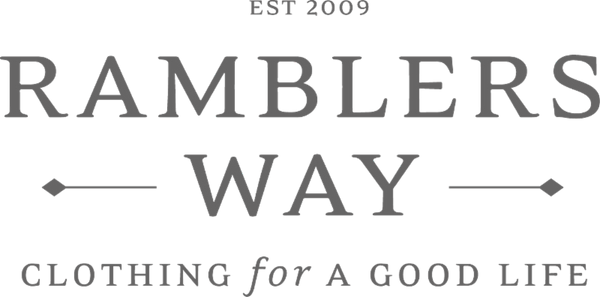The History of Wool in America: Why September Is National Wool Month
Share
The Story Behind Wool in America: Why September Holds a Special Place
From the earliest colonial times, wool has been woven into the fabric of America’s identity. Settlers brought sheep from Europe in the 1600s and began raising them not only for food but for the fibers that would warm their families and shelter their homes. Homespun cloth, hand-spun yarn, fulling mills and looms in small towns were the humble beginnings of what became a vital agricultural and industrial sector. For many communities, wool wasn’t just fabric. It was a livelihood.
Industrial Growth and Innovation
As the nation grew, so did wool. The 19th century saw innovations like the introduction of Spanish Merino sheep for finer wool, textile mills powered by water, and the expansion of sheep farming westward. By mid-1800s, woolen mills were operating across New England (we are back!), the Midwest, and into the expanding western territories. Wool kept pace with demand for clothing, for blankets, and for military uniforms. During wartimes, such as the Civil War and World Wars, wool became a strategic material in the U.S. supply chain because of its performance characteristics.
National Wool Month: A Recognition of Legacy and Industry
Fast forward to 1960: Congress passed a joint resolution, and President Dwight D. Eisenhower issued Proclamation 3354, officially designating September 1960 as the first National Wool Month. The date was chosen to mark the 200-year anniversary of wool production being recognized as an industry in America. The proclamation noted that wool operations existed in nearly every county of the United States, and wool was being grown in all 50 states.
The intention of that declaration was clear: to celebrate wool’s contributions to the national economy, to honor the farmers, processors, and artisans behind the material, and to encourage appreciation of wool’s value as part of America’s heritage and ongoing economic life.
Why It Still Matters
Today, there’s renewed interest in natural fibers, sustainable practices, and local manufacturing. Wool checks many boxes: it’s renewable, biodegradable, durable, and naturally performing (temperature regulation, odor resistance, moisture management). Its history in America reinforces a sense of responsibility to people, to traditions, and to the land. As global supply chains become more fragile, wool grown and manufactured locally also supports communities, reduces transportation emissions, and maintains craftsmanship skills that might otherwise fade.
Carrying Forward the Tradition
At Ramblers Way, this history inspires our choices: choosing materials, supporting local makers, investing in quality over quantity. For us, National Wool Month is not just a date on the calendar. It’s a reminder that what we wear carries stories, connections, and responsibilities.
Closing Thought
So this September, when you wear wool, especially American-made, remember you’re participating in a legacy. A legacy of farmers, artisans, and entrepreneurs who have shaped this industry, built communities, and woven together something that endures.
